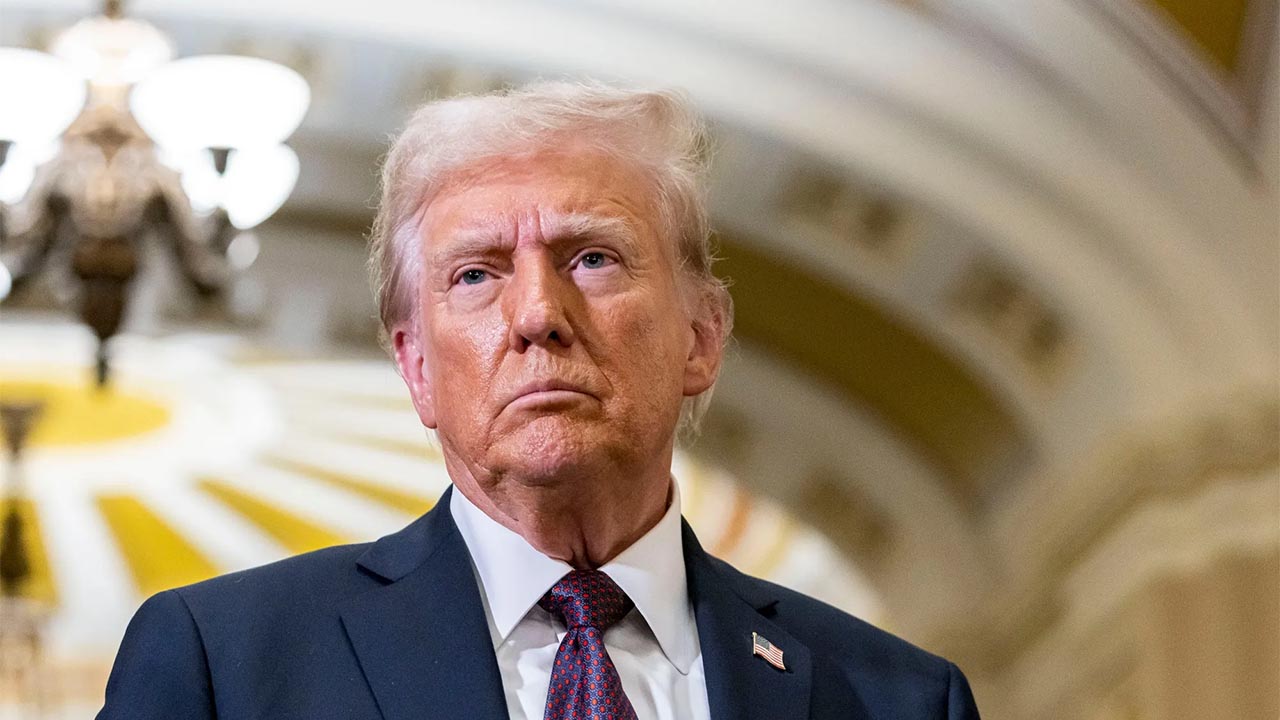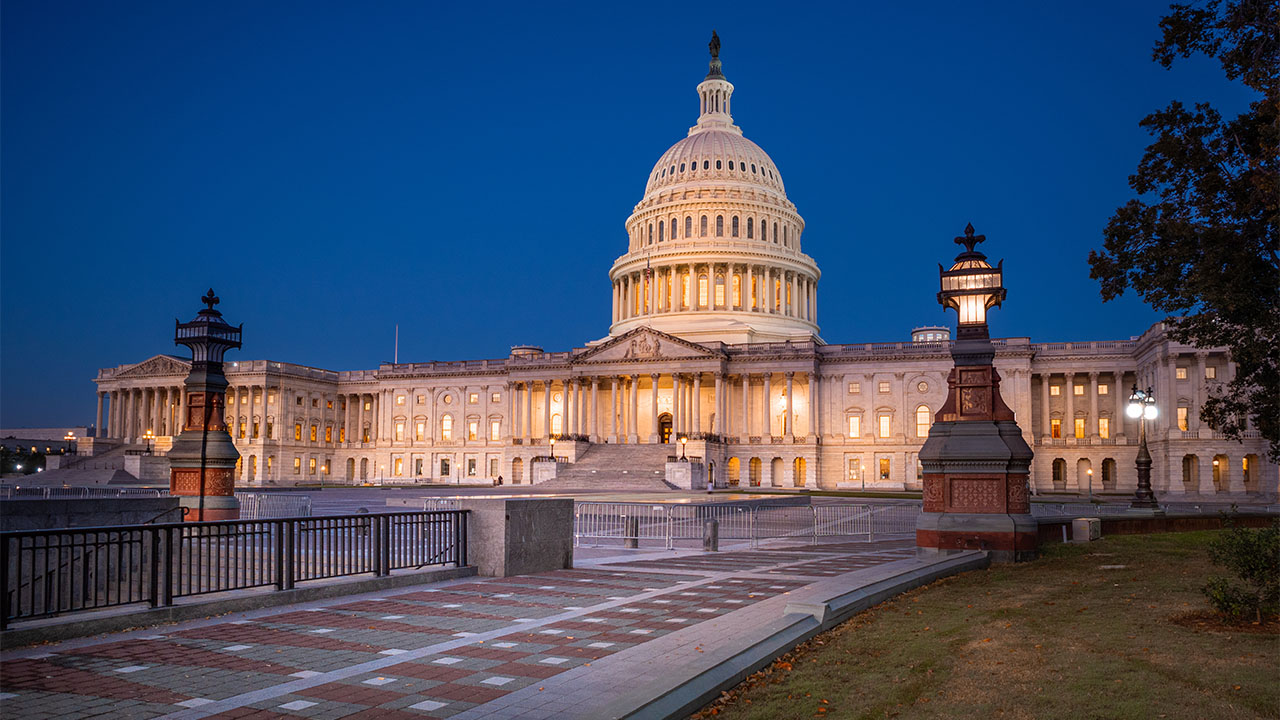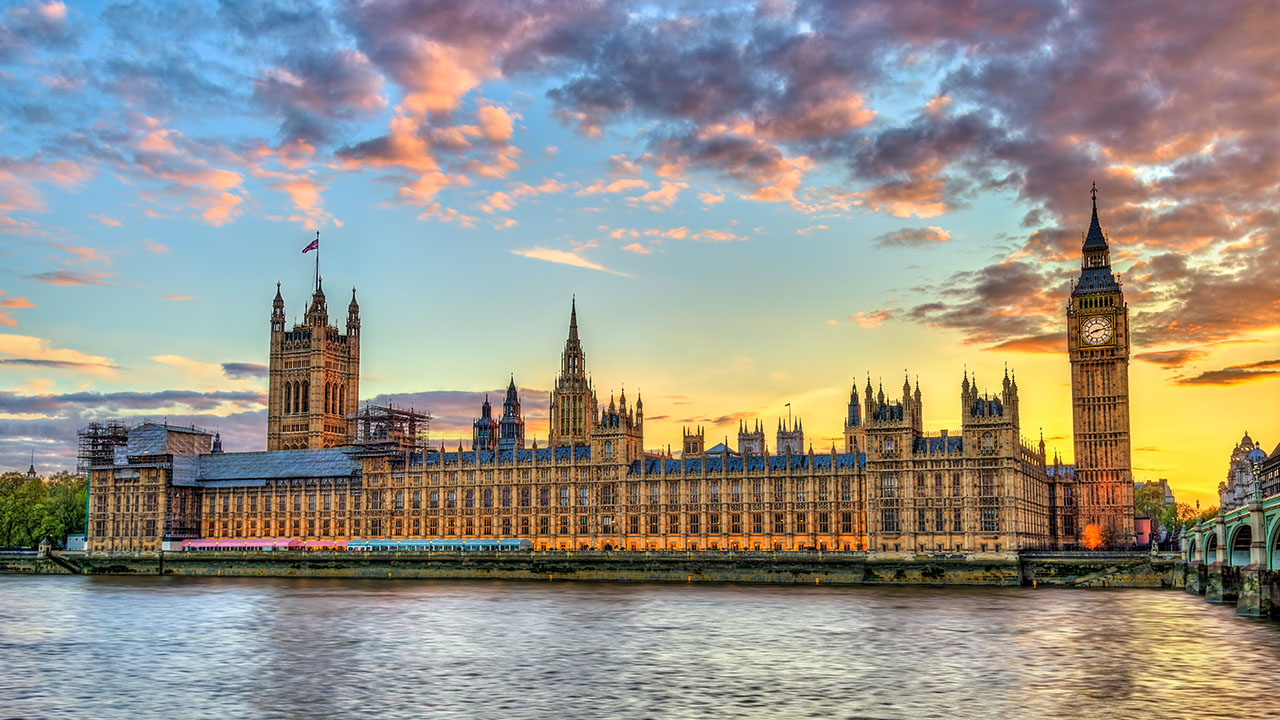“Equal justice under law”
These are the words written above the main entrance of the Supreme Court Building in Washington DC.
This seemingly simple idea defines the ultimate responsibility of the Supreme Court of the United States.
As the highest tribunal in the Nation, the Supreme Court is charged with resolving all cases and controversies arising under the laws of the United States and, increasingly, serves as the interpreter of the Constitution, the document penned by the founding fathers and ratified way back in 1789.
Evidently, the first draft left a fair bit to be desired as it has had to be amended 27 times since then.
Famously, the 2nd Amendment allows Americans to keep and bear arms, the 13th prohibited slavery and the 19th afforded women the vote. The 18th banned the sale of alcohol but they recognised their folly and the 21st quickly reversed that.
The Supreme Court is lead by the Chief Justice of the United States, currently the Honorable John Roberts Jr., and eight Deputy Justices.
The power to nominate Justices belongs to the sitting President, Senate must approve them, but as these are jobs for life, vacancies don’t come up very often.
But when they do, boy, are they contentious affairs.
After all, as political appointees for life, with the power to interpret the U.S. Constitution and to determine the laws of the land, appointing the wrong person can have dramatic impacts for a very long time.
Vacancies can also occur when sitting Justices succumb to pressure and choose to retire. Current Justice Stephen Breyer, aged 83, has agreed to step down and the hunt for his successor is now underway.
Breyer was a Bill Clinton appointee, and he reflects the mainly liberal politics of his Democrat nominee.
But other Judges haven’t been so keen to ensure a politically managed, fluid transition. Justice Ruth Bader Ginsburg, another Bill Clinton appointee, dug her heels in and only left the Supreme Court feet first. As the first Jewish woman, and only the second woman ever to serve on the Supreme Court, Ginsburg held to the view that a job for life meant just that.
The problem for Democrats was she took her last breath during the reign of President Trump who got to nominate her successor despite her request that he didn’t. He chose Amy Coney Barrett, a Christian conservative who is a proponent of Textualism and Originalism, a fundamentalist view of the Constitution which believes in following the letter of the law as it is written rather than interpreting its relevance, even though it was daubed on parchment nearly 250 years ago.
That loss of a Liberal replaced with a Conservative shifted the political balance of the Supreme Court from 5-4 to 6-3 in further favour of Conservatives, so the pressure is on for Biden to select a Liberal as Breyer’s replacement.
Biden has gone further than that and announced he would like to appoint a Black, female Liberal Justice. It is also expected that he will look for someone younger than the current crop of Supreme Court Justices whose average age is 65 years.
A few names are in the frame, some more likely than others. The White House has confirmed that U.S. District Judge J. Michelle Childs, 55, is among the women Mr. Biden is weighing as his nominee to the high court. Judge Ketanji Brown Jackson, 52, who sits on the federal appeals court in the District of Columbia, and California Supreme Court Justice Leondra Kruger, 45 are also among the names floated to fill the forthcoming vacancy.
There are some wild cards being proposed too. Some on the right-wing websites are saying Biden may also look to move VP Kamala Harris out of the White House after a distinctly underwhelming time as deputy Commander in Chief. That seems unlikely as the VP is chair of the Senate and may have to therefore cast a tie breaking vote to appoint herself to the Supreme Court. Not great optics.
Others wonder if he may use the appointment to ease his own political woes. Some think he may consider Georgia Senator Stacey Abrams who is tipped to possibly run for the Democratic Presidential nomination if Biden’s polling data doesn’t improve, but that seems unlikely too.
Whoever Biden does nominate in the coming weeks will be hotly disputed.
In keeping with the polarisation of everything else in the nation, it is unlikely both Republicans and Democrats will unite behind any candidate.
There are many in the Democratic Party who, while sympathetic to the idea of appointing more women of colour to the high court, are worried how it is perceived by the electorate.
According to polls, the majority of Americans – and a majority of Democrats – believe Biden should “consider all possible nominees” for any open position on the Supreme Court.
Only months before a critical mid-term election, one which could see the Democrats lose control of Capitol Hill, Democrat strategists are concerned that the decision to limit who will be considered for the position based on gender and race only adds to the growing perception that the court is a political institution when it is not supposed to be.
Democrats are privately acknowledging that Biden’s handling of the issue has been clumsy at best and will be seized upon by Republicans as a further example of ‘identity politics’ dominating his thinking. While the decision to nominate lies entirely with the President, he would be well advised to select J. Michelle Childs, a federal judge in South Carolina who seems best placed to secure the most cross-party support and defuse any political tensions ahead of the mid term elections later this year.













